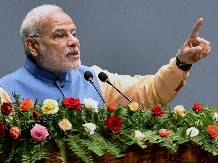
Prime Minister Narendra Modi will address Indian and American industry through video conferencing during his visit to the US later this month. The interaction is being organised by the US- India Business Council (USIBC) and participants from various industry segments are likely to join the call, it is learnt.
While declining to disclose the programme’s details immediately, USIBC’s acting-president Diane Farrell said: “The USIBC is very pleased to be actively involved in planning for upcoming visits by India’s Prime Minister Narendra Modi, as well as Finance and Defence Minister Arun Jaitley.”
According to a source, the conference call will be attended by a large number of players from the pharmaceutical and information technology (IT) sectors.
“The two key issues which are expected to set the stage for discussion are supply and quality of drugs, and intellectual property. These are two key issues which will certainly be part of the dialogue,” the source said.
Read more – Business Standard News
September 1, 2014 | Greg
In the past decade, China has grown into an international research powerhouse. It recently passed the European Union in the percentage of gross domestic product it spends on R&D. Now, an analysis details for the first time how China is spending its science and technology (S&T) funds.
Among the revelations in a report published last week is that the role of China’s most powerful research agency is on the decline. And although the country overall is spending much more on research, China’s spending on basic and applied science is decreasing…
Read more – Chemical & Engineering News
September 1, 2014 | Greg
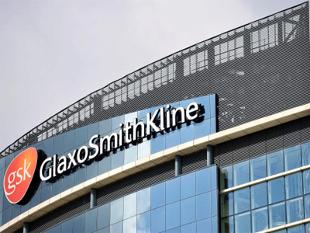
Cipla Ltd has launched an anti-asthma inhaler in Germany and Sweden that is a generic version of GlaxoSmithKline Plc’s Advair, a move that will further dent sales of the British firm’s top-selling product.
Cipla’s drug will be marketed under the name Serrofloin in Germany and Salmeterol/Fluticasone Cipla in Sweden, the Mumbai-based company said in a statement on Monday.
Read more – The Economic Times
September 1, 2014 | Greg
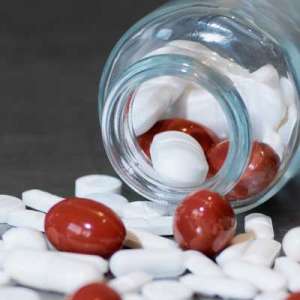
Drug manufacturer Wockhardt has initiated another round of recall of its high blood pressure drug in the United States after it failed dissolution test. This is the company’s third recall of the same drug in the past four months.
The recall of 11,661 HDPE (high density polyethylene plastic bottles) of metoprolol succinate by the US subsidiary of Wockhardt started last month.
The United States Food and Drug Administration (FDA) in a notification on its website on August 27, classified the recall as Class II recall and said that Wockhardt USA has started recall of 100-count bottle (National Drug Code 64679-737-02) and 500-count bottle (NDC 64679-737-03) of prescription only drug metoprolol succinate extended-release tablets, USP 200 mg.
Reason of the recall was specified as dissolution failures found during testing of control samples at the four hour time point. A dissolution test is conducted to check the time taken for the active ingredient in a drug to release into the body, and help predict how the drug performs inside the body.
The FDA website said the recalled lots were manufactured at a Wockhardt plant in Mumbai. Metoprolol is a generic form of AstraZeneca Plc’s branded drug Toprol.
Read more – dnaindia.com
September 1, 2014 | Greg
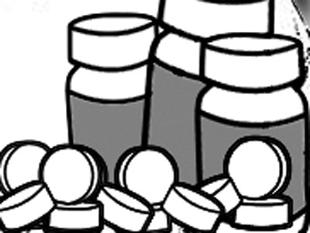
Drug maker Wockhardt today said that two of its anti-infective drugs have received Qualified Infectious Disease Product (QIDP) status from the US health regulator.
Two drugs – WCK 771 and WCK 2349 – have received QIDP status, which allows fast-track review of the drug application by the US Food and Drug Administration (USFDA), Wockhardt said in a statement.
This is the first instance of an Indian pharmaceutical company receiving QIDP status, it added.
Read more – The Economic Times
August 31, 2014 | Greg

Despite being home to one sixth of the world’s population and carrying one fifth of the world’s disease burden, yet less than 2 percent of global clinical research takes place in India. This is bad news for patients suffering from critical diseases. The reasons for the decrease include issues such as regulatory hassles, anti-trial activists, compensation issues, patient deaths etc.
Ms Suneela Thatte, president, Indian Society for Clinical Research (ISCR) said,
“The quest for finding superior and lifesaving medicines is an ongoing one. For every medicine and device that gets a marketing approval, there is a larger story of years of research in laboratories and extensive patient participation in clinical trials to determine their safety and efficacy.”
She further added,
“Patients help patients. Today all of us have access to better and newer treatments because of patients who have participated in clinical trials. Thus, we are all beneficiaries of clinical research. Yet it is unfortunate that the progress of clinical research in India has been stalled by several extraneous factors denying patients the opportunity to participate in and benefit from ongoing clinical research. The impact of this on patients is huge. A slowdown in clinical research in the country means little or no access to newer and better medicines for our patients and a rising disease burden.”
“Due to the existing tumultuous clinical trials milieu in the country, new drug development is totally hampered. We have a huge rise in the number of NCDs including depression, hypertension, and cancer, and soon we will be the diabetes capital of the world. At the same time, there are diseases which are reflective of a developing economy like TB, malaria, and leprosy among others. Unfortunately, we do not have satisfactory treatments for these diseases. Also, we have HIV, and recently the Ebola, for which there is no cure at present,” emphasized Ms Thatte.
“If we do not forge into clinical research and drug development, soon we will face issues for which we will not have satisfactory access to medicines,” she added.
Read more – BioSpectrum Asia
August 29, 2014 | Greg
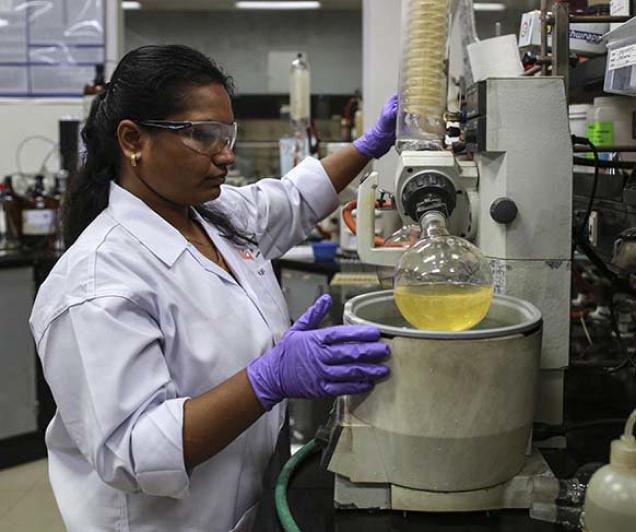
The Indian pharmaceutical industry can benefit significantly from the huge emerging export opportunity. For long acknowledged as the generic drug manufacturing capital of the world, India with its several low cost generic manufacturers, can exploit the fact that over the next few years, a large number of drugs will be going off-patent.
Ratings agency Crisil said drugs worth $130-150 billion will be going off patent between 2012 and 2017. To capitalise on this, it expects that India’s top 20 pharmaceutical companies will crank up capital expenditure by around 40 per cent to over Rs. 50,000 crore by 2017-18.
While the domestic industry was at about Rs. 77,000 crore in 2013, exports ranged around Rs. 90,000 crore, according to S. V. Veeramani, President, Indian Drug Manufacturers’ Association (IDMA).
Pharmaceutical patent filings numbered around 2,500 in 2013, growing at around 11 per cent.
“We require robust patent laws in place as there are apprehensions about patent protection in India.’’
In India, the industry has been facing increasing regulatory restrictions. The last year saw headwinds from price cuts imposed on a wide range of essential drugs post the new drug pricing policy and higher research & development (R&D) costs.
Read more – The Hindu
August 29, 2014 | Greg
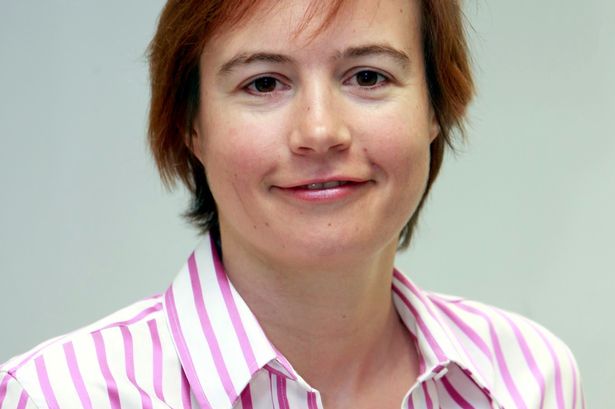
Wearside pharmaceutical firm Onyx Scientific has been appointed by Cancer Research UK to manage several of its drug development projects.
The Sunderland-based business, which employs around 40 people, has grown to become one of the leading chemistry services companies in the UK and Europe and a preferred supplier to large pharma and biotech clients.
The contract research and manufacturing organisation, established 14 years ago, is now supporting the charity across a portfolio of drug substance campaigns, covering the development and manufacturing of active pharmaceutical ingredients (API) for use in clinical trials…
Read more – The Journal
August 29, 2014 | Greg

Benjamin Shobert, Founder and Managing Director of Rubicon Strategy Group, writes:
As readers may know, for the past year I have been working with the National Bureau of Asian Research (NBR) on the research topic of China’s pursuit of a domestic life science sector. As conceived, the project is designed to evaluate China’s policies from a number of vantage points, ranging from how these policies will impact global R&D spending by pharmaceutical companies, whether China’s model fundamentally deviates from what Japan, South Korea and Taiwan have done during similar unsuccessful pursuits, whether current WTO protocols are adequate given the unique needs of the life science community, and how this all will impact US-China policies.
The original question that intrigued me – which was admittedly rough in how I conceptualized it – asked whether China’s approach to clean-tech might offer anything to the life science community and policy makers as lessons on how China thinks and acts once it sets about achieving one of its goals. During my own research on the question, one book I have found useful as a foundation to this question is Kelly Sims Gallagher’s book, The Globalization of Clean Energy Technology: Lessons from China.
Right out of the gate, Gallagher makes an important point about China’s clean tech policies, one that is relevant to the life science community. She writes about her response to seeing the new clean-tech factories being built in China, “I was surprised to see how few people were working in the factory; aside from the ingot production area, the factory was sparkling clean, white, sparse, and almost fully automated. Where was the so-called labor cost advantage in China?” This very quick quashes one of the canards about the current status of China’s economic development model; specifically, that China always pursues policies designed to absorb lots of the low-cost labor the country has in seemingly never-ending supply…
Read more – Health Intel Asia
August 29, 2014 | Greg
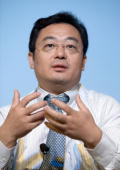
Newly minted biopharma billionaire Liu Dianbo has added to his fortune while burnishing his rep as one of the top biotech drug developers in China. His company, Luye Pharma Group, acquired a 58% stake in Beijing Jialin Pharma Pharmaceutical for close to $600 million, beefing up its pipeline of cardiovascular drugs while expanding its product lineup.
The move boosted Luye’s shares by 15%, according to Forbes, adding considerably to the value of Liu’s 31% stake in the company, where he is both CEO and chairman. Luye went public last month, and made quite a splash on the market.
Luye is a big exception in China…
Read more – FierceBiotech
August 29, 2014 | Greg
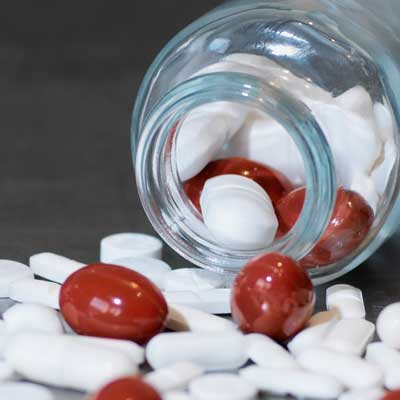
In a move which could put around 150 scientists in a spot, Piramal Healthcare has decided to shut down its drug discovery and Goregaon-based research division in western suburbs of Mumbai.
The scientists have been asked to relocate to other units across India which are based in Chennai, Hyderabad, Ahmedabad, Indore or Prithampura.
“Alternatively, if they are not willing to shift to other locations, we are offering them a voluntary option to quit along with giving them adequate compensation,” said Swati Piramal, vice chairperson, Piramal Enterprises Ltd. Whether the scientists quit or stay on will be known over a period of over two to three weeks, she said.
The move comes in the light of restructuring and consolidating research facilities within the country. The research division was running into losses for last two years…
Read more – dnaindia.com
August 29, 2014 | Greg
Hyderabad, the capital city of Telangana and Andhra Pradesh has the potential to become the biotechnology capital of India in the coming years, opined experts at broacher unveiling ceremony organised by OMICS group in the city. “Though many have projected Bengaluru as the biotech capital of India, in fact it is Hyderabad which has the potential. With numerous research institutes like CCMB, IICT along with private biotech players like GVK Bio, Bharat Biotech, Shanta Biotech, Dr Reddy’s, Mylan etc, the city of Hyderabad is a favourite destination for investments in the bio similar segment,” said Srinubabu, managing director of OMICS International Inc.
According to Dr Kaiser Jamil, Director of Centre for Biotechnology and Bioinformatics, Jawaharlal Nehru Institute of Advanced Studies (JNIAS), there are lots of areas that are left unexplored in the biotechnology segment, with hundreds of biotech drugs coming off patent regime, very soon a large number of national and international companies are expected to focus in this segment and particularly Hyderabad is a favourite destination for new investments in biosimilar, biologics and biowaivers…
Read more PharmaBiz.com
August 29, 2014 | Greg

Specialty drugmakers often find their treatments scrutinized, with critics wondering if they’re worth their sometimes high price tags. But what about their CEOs?
Sanford Bernstein analyst Ronny Gal set out on a quest for clues to understanding compensation decisions for the head honchos at 7 specialty drugmakers–Actavis ($ACT), Allergan ($AGN), Hospira ($HSP), Momenta ($MNTA), Mylan ($MYL) and Teva ($TEVA)–and for a basis on which to compare them, The Wall Street Journal’s Pharmalot reports. To do so, he took a look at those companies’ proxy statements filed between 2010 and 2013.
His findings? For one, compensation for the top 5 execs at each company averaged about $20 million a year with a compounded annual growth rate of 3%–and 43% of total exec team compensation went to the CEO…
Read more FiercePharma
August 29, 2014 | Greg
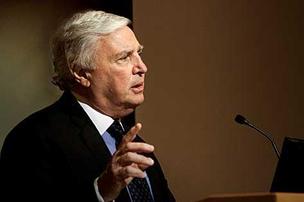
A former head of the U.S. Food and Drug Administration who will help lead a discussion at Tufts University today says that the agency is holding back, rather than encouraging, the creation of groundbreaking new drugs.
Read at – Boston Business Journal
August 27, 2014 | Greg












